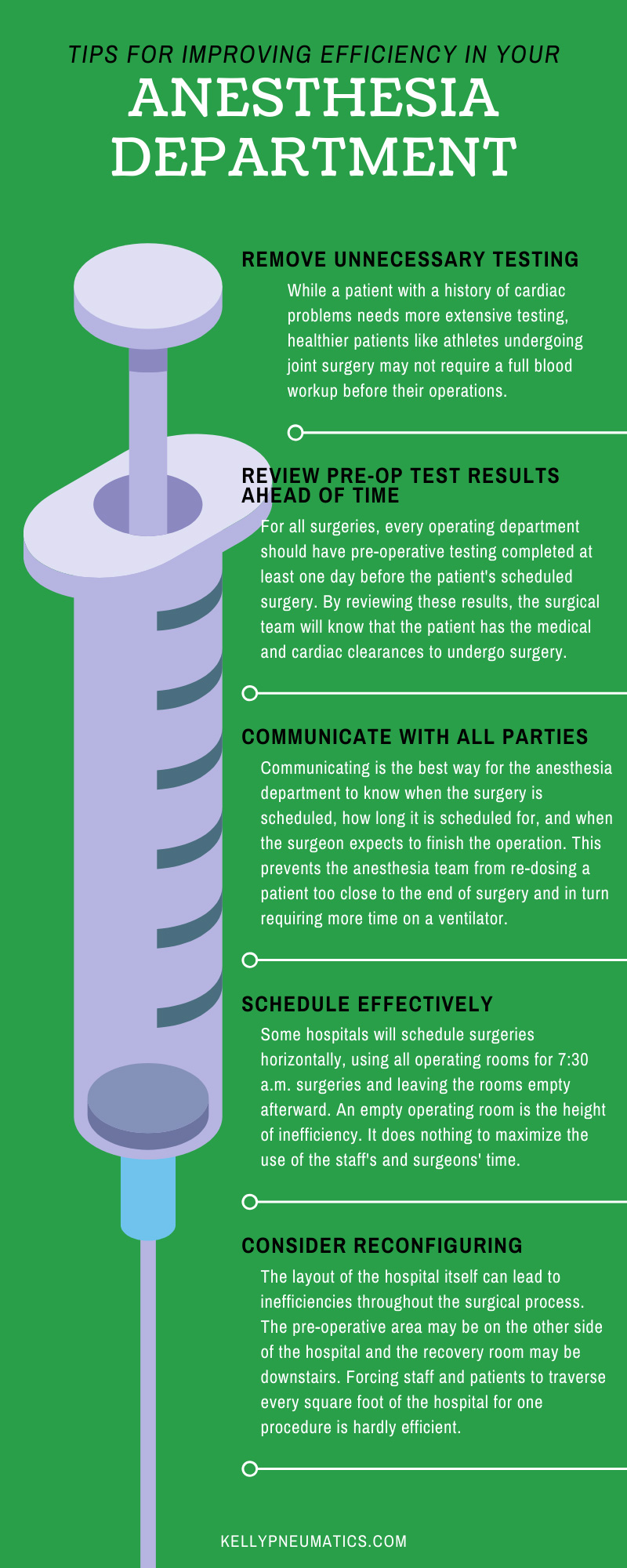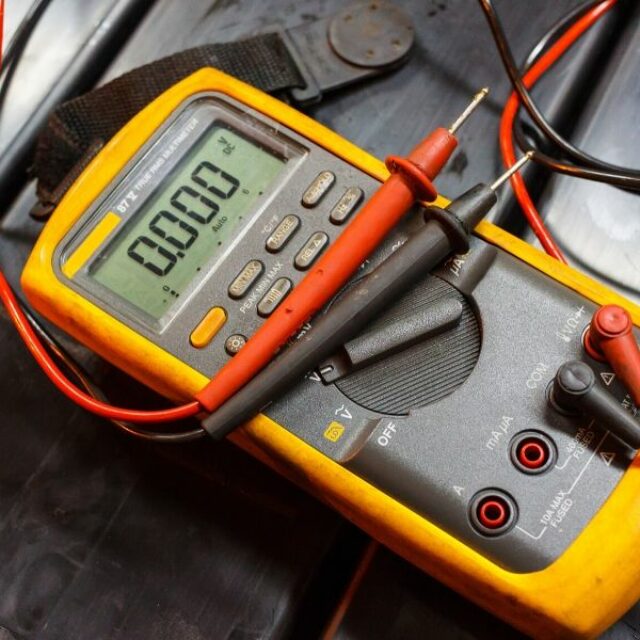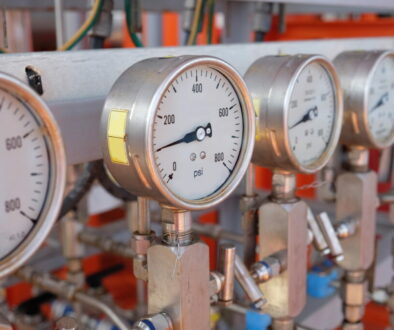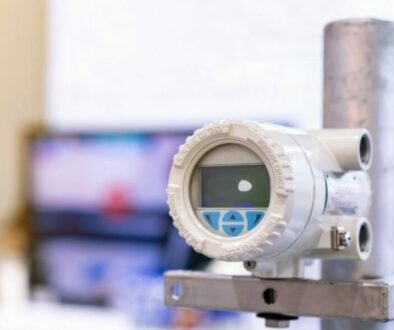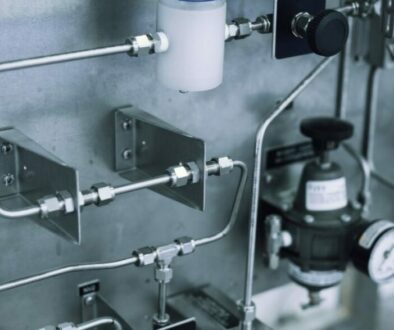Tips for Improving Efficiency in Your Anesthesia Department
When hospitals improve their efficiency, everyone wins. Doctors, nurses, administrators, support staff, and most important, the patients win when hospitals are operating at peak efficiency. Inefficiency in any business will lead to reduced revenues, increased costs, and angry customers, and hospitals are no different. Patients end up waiting too long in the pre-op department or recovery room because the rooms aren’t prepared and ready to receive them. Waiting leads to patients’ and the operating room staff’s dissatisfaction. The goal of every hospital is to keep patients healthy and happy, so increasing efficiency will go a long way toward meeting those goals. The operating room generates a lot of revenue for hospitals, and delayed or canceled procedures take away from that. The anesthesia department is in a unique position to improve the efficiency of the operating room. By communicating with surgical services and hospital administrators, the anesthesia department can improve pre- and post-op care and reduce turnover time. Here are seven tips for improving efficiency in your anesthesia department.
Remove Unnecessary Testing
Many surgeons subscribe to the school of thought that requires extensive pre-operative testing on patients. While a patient with a history of cardiac problems needs more extensive testing, healthier patients like athletes undergoing joint surgery may not require a full blood workup before their operations. This can sometimes lead to false positives that delay surgeries. Physicians and anesthesiologists need to communicate and formulate a pre-operative testing plan that considers the patient’s medical history to reduce unnecessary testing while at the same time increasing patient satisfaction.
Review Pre-Op Test Results Ahead of Time
For all surgeries, every operating department should have pre-operative testing completed at least one day before the patient’s scheduled surgery. By reviewing these results, the surgical team will know that the patient has the medical and cardiac clearances to undergo surgery. Each department should have access to the testing, and have it reviewed in case there are any abnormalities that need discussion. Not only does the anesthesia department need to communicate within the OR but outside it as well, from patients to pre-operative and recovery room staff. Operating independently throughout the hospital not only decreases efficiency but can also be dangerous for patients.
Communicate With All Parties
Communicating is the best way for the anesthesia department to know when the surgery is scheduled, how long it is scheduled for, and when the surgeon expects to finish the operation. This prevents the anesthesia team from re-dosing a patient too close to the end of surgery and in turn requiring more time on a ventilator. The key is to administer the anesthetics to the surgeon’s timing. At the same time, facilitating communication with the rest of the team, including the recovery room staff, ensures that they are ready to receive the patient once the surgery is finished. Most patients are not surgery veterans and may have misconceptions about their upcoming procedure. They may think that they can’t eat or drink anything after midnight, even if their surgeries are scheduled for early afternoon. They may also be nervous or not know where to go in the hospital once they arrive. It’s a scary time for patients as this might be their first surgery ever. They need to know what to expect every minute that they are in the hospital. They need to know what kind of fasting is required, where to check in for the procedure, what they can expect post-surgery, and how much recovery time is needed.
Schedule Effectively
Some hospitals will schedule surgeries horizontally, using all operating rooms for 7:30 a.m. surgeries and leaving the rooms empty afterward. An empty operating room is the height of inefficiency. It does nothing to maximize the use of the staff’s and surgeons’ time. Highly trained staff standing around doing nothing doesn’t help patients and it doesn’t generate revenue for the hospital. Block scheduling consolidates schedules into vertical blocks, working with surgeons to ensure that the time booked for the procedure is enough time to complete the surgery without using too much time. This prevents patients and surgeons from having to wait while the previous procedure finishes and makes for a more effective schedule. Downtime takes away from both surgical time and anesthesia time and can lead to worry in patients that are already anxious about their procedures.
Consider Reconfiguring
The layout of the hospital itself can lead to inefficiencies throughout the surgical process. The pre-operative area may be on the other side of the hospital and the recovery room may be downstairs. Not only does it take longer for patients to be transported through the hospital, this type of configuration also increases the time it takes for the anesthesiologist to travel, walking from the recovery room to the pre-operative area to take care of the next patient. Having a flow through the hospital, from reception to recovery helps improve efficiency. Forcing staff and patients to traverse every square foot of the hospital for one procedure is hardly efficient. Hospital administrators may balk at the idea, but smoothing the patient flow by moving the pre-operative area and recovery rooms closer to the ORs decreases turnover time as well as improves patient satisfaction.
Standardization is Key
Another tip for improving efficiency in your anesthesia department is standardization. While each patient is different, some things can be standardized, such as the types of anesthetic used and the protocols for surgery. For example, in total joint replacement cases, the anesthesia department can standardize the regional or general anesthetic used and post-operative and intraoperative pain care so that the surgeons know what to expect every time. Standardization can also encompass the quality of anesthetics. By keeping up to date on evidence-based medicine, the anesthesia department can choose the best-quality anesthetics for the patients, preventing complications in the recovery room that can eat into patient satisfaction and be potentially dangerous.
Prepare for the Unexpected
While most anesthesiologists agree that to practice anesthesiology is to work with the unexpected, there are situations that are beyond the control of the operating room team that can decrease efficiency. To prepare for unexpected situations, the staff needs to undergo regular training, including drills to practice responses to possible scenarios such as fires, earthquakes, or even armed violence. That training should include the technical aspects of the anesthesia machine and what to do if, for example, the electronic airflow meter breaks or power to the machine is lost. Preparing for all eventualities and knowing what to do can be the difference between life and death for the patient.
Kelly Pneumatics makes electronic airflow meters for many applications and solutions. Contact us today and let us solve your flow problems.
